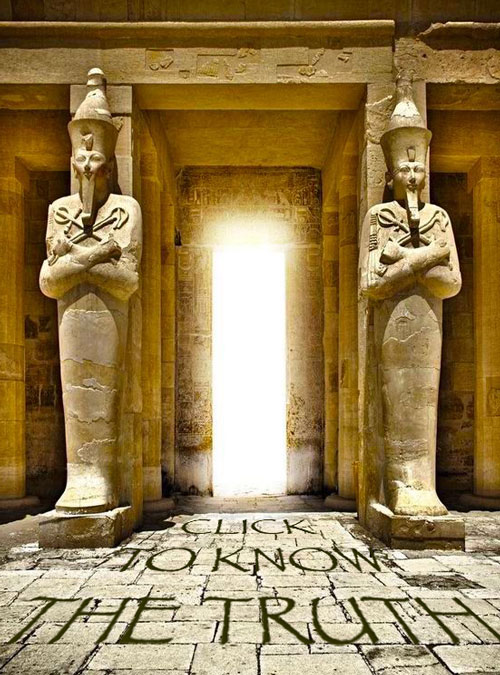Rebirth
Frogs are fertility symbols.

This is because tadpoles bear a striking resemblance to sperm. In a sign of rebirth, frogs only start singing when the heavens open up with seasonal deluges around the world. Many species hibernate during dry or cold periods and are only resurrected when spring returns. Fresh water is the life-blood of the Earth and is directly associated with spirituality—the royal power that heralds new life returning. Egyptian doctors knew that every embryo begins the first stage of life resembling a tadpole.
Young women traditionally kiss frogs (much as they hate it) because it speaks to the feminine desire for fertilisation plus the offspring that follow. In the famous tale, a princess from Königsberg reluctantly befriends the “Frog Prince” who magically transforms into royalty when she kisses him. Although the story is best known today through the Grimm Brothers’ version, the tale extends back at least as far as Rome—in the Satyricon the character Trimalchio remarks “qui fuit rana nunc est rex” which means:
The man who was once a frog is now a king.
The hieroglyph h-k-t can mean king, ruler or shaman. Shamanism is the oldest form of spiritual practice known to humanity. It dates back more than 100,000 years, almost to the start of modern man. Shamanism is not a religion, there is no leader and no rule book. It is a way of working in harmony with nature that invites direct access to the magick the Egyptians simply called heka.

The shaman is the figure at the beginning of human history that unites the doctor, the scientist and the artist into a single notion of care-giving and creativity.
—Terence McKenna
H-k-t also infers Heket, the frog goddess of rebirth who was often portrayed holding the Ankh to the nose of a child. No surprises then, that in the Egyptian tradition it was Heket who resurrected Osiris. As a fertility goddess associated with the final moments of rebirth, this led to her amulets sporting the phrase “I am the resurrection”.

Above: all hail Heket—goddess of rebirth
In 1992, ethnobotanists Wade Davis and Andrew Weil published Identity of a New World Psychoactive Toad which proposed that the frog venerated by the Olmecs, Mayans and Aztecs was in fact Bufo alvarius. Indeed, impressions of the Sonoran Desert Toad can be found as far back as 2,000 BCE. Many of these descriptions focus in detail on the toad’s parotid glands where their venom lies. These include a sculpture in the National Museum of Anthropology and relics from Palenque.

It seems plausible that tribes of the Sonoran (meaning resonant) Desert identified Bufo alvarius venom as a potent entheogen and traded it with their southern neighbors. Perhaps the possession of such a remarkable link with the divine is what caused the Aztecs to believe in their own manifest destiny, sparking their conquest of much of what we now call Mexico? Could this entheogen have been the motivating sacrament from their homeland, whose divine properties they celebrated in their mythology?

Above: the parotid gland is found behind the eye of the Sonoran Desert Toad
Indeed, this idea of “balance” is a profound state indeed. The fastest and purest way to get there is via the “king” of entheogens: 5-MeO-DMT. This is squeezed (harmlessly) from the toad’s parotid glands, dried and then smoked. Upon exhalation, a divine rapture washes away consensus reality. This awe drives the dissolution of the ego. Here we are reminded of the toadstone in Shakespeare’s As You Like It:
Sweet are the uses of adversity,
Which, like the toad, ugly and venomous,
Wears yet a precious jewel in his head;
And this our life, exempt from public haunt,
Finds tongues in trees, books in the running brooks,
Sermons in stones, and good in every thing.
The Tohono O’odham are a Native American people of the Sonoran Desert, living primarily in the U.S. state of Arizona and the Mexican state of Sonora. The Man in the Maze is a reference to a design appearing on O’odham basketry and petroglyphs. It shows a person at the entry to a labyrinth. The “V” shape is symbolic of the sacrum bone and the power of the truth:
This unicursal pattern represents the ego and its dominion over the lower chakras. As the soul searches for union with spirit, the ego develops ever more subtle ways of keeping them apart. Despite this, the single path hints at freedom. 5D alignment with the universal heart then, invites us to surrender our thoughts, ideas and opinions as they arise. Even our concepts of divinity must be yielded. This is the aperspectival state of ego death so beautifully described by Flora Lintern:
I become the naked Godhead. I am sheer energy. I am nothing. There is no conceptual mind. There is no grasping or aversion. There is no clinging and thus there is no suffering. There is just the “isness” of the eternal now.
Ego death refers to a complete loss of self-identity. In Jungian psychology, the synonymous term “psychic death” is used which refers to the transformation of the personality. In death and rebirth mythology, ego death is a phase of self-surrender as described by Joseph Campbell in his mythology of the Hero’s Journey. It is a recurrent theme in mythology and is also used to describe the emergence of the High Heart.

In a final revelation, the tadpoles of many species of frog display an intestinal maze visible to the naked eye. Here we are reminded that frogs hold the key to the labyrinth we call the human ego. In this regard, the author’s first three Bufo ceremonies were revelations. They were emotional, not visual—unity without identity—the ecstasy of harmony, purity and bliss that brought tears to the eyes. The divine rapture of transcendence!
RIP
Pit Prieto
1976—2020
